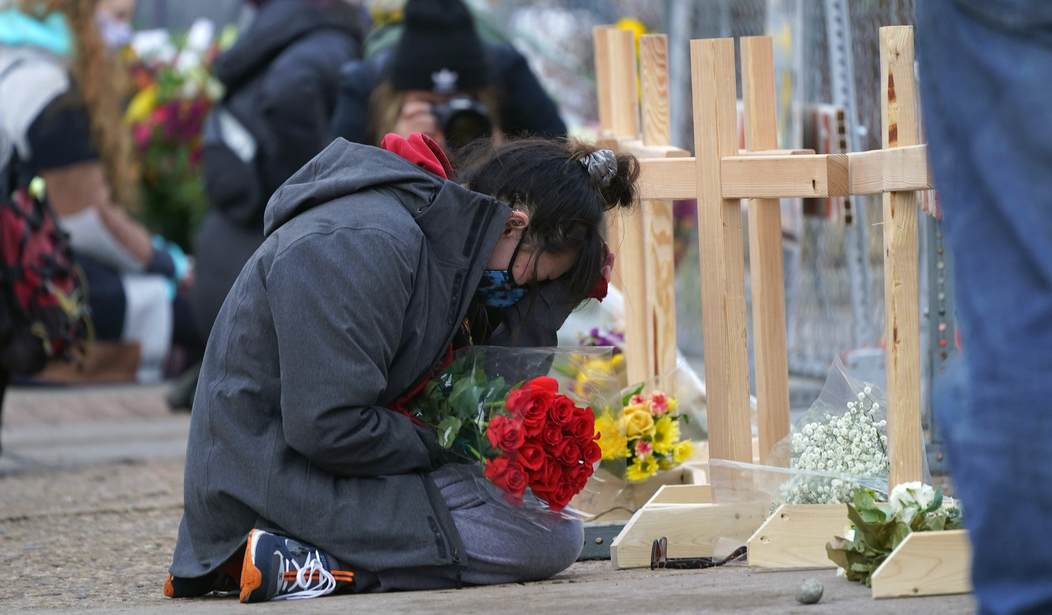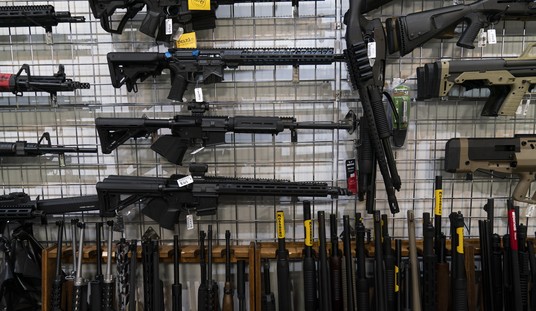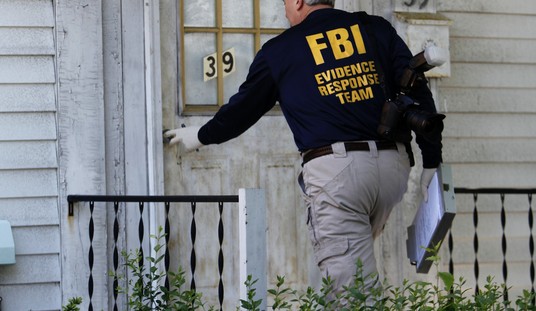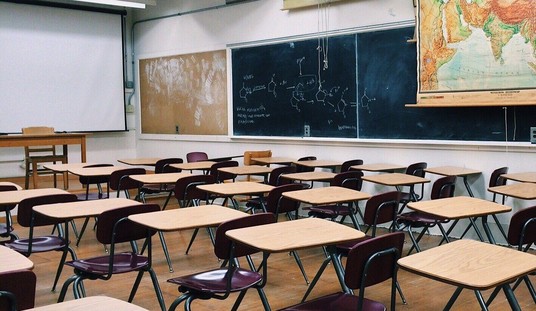It’s pretty well established by now that the news media plays a significant role when it comes to mass shootings. The more media coverage a shooting receives in the media, the more likely it is that someone will be inspired to try to commit a copycat attack. A few years ago, Sherry Towers, a researcher at Arizona State University, was curious about the idea of violence as a contagion, and so she examined data surrounding mass shooting events.
“What we found was that for the mass killings — so these are high-profile mass killings where there’s at least four people killed — there was significant evidence of contagion,” says Towers. “We also found significant evidence of contagion in the school shootings.”
In other words, school shootings and other shootings with four or more deaths spread like a contagion — each shooting tends to spark more shootings.
“So one happens and you see another few happen right after that,” says Jillian Peterson, a criminologist at Hamline University in Minnesota and founder of the nonpartisan think tank, The Violence Project. She wasn’t involved in the Arizona State research but has found similar patterns in her own research.
Towers and her colleagues also found that what set apart shootings that were contagious was the amount of media coverage they received. “In the incidences where there were four or more people killed, and even school shootings, those tended to get national and even international media attention,” says Towers.
It’s a common adage in newsrooms (particularly TV news) that “if it bleeds, it leads.” Crime pays for news outlets; bringing in eyeballs and keeping them glued to smartphones and television screens as stations broadcast the breaking news for hours on end, even when there’s little actual information to report.
Of course the media doesn’t really like to acknowledge this. They’d rather focus on other topics, like how “fear and shootings drive business for the gun industry,” as a recent Washington Post headline blared.
Fear and uncertainty about what is next has long been a boon to gunmakers’ bottom lines.
“They will sell more guns as a result of this, no doubt — out of fear,” said Benjamin Dowd-Arrow, a public health professor at Florida State University who studies firearms and mental health.
People often buy firearms when they feel threatened, said the National Shooting Sports Foundation, the gun industry’s leading trade group. Mark Olivia, a spokesman for the group, compared it to stocking up on milk, bread and toilet paper before a storm.
“People become very concerned that they will not be able to buy the firearms that they are choosing,” Olivia said, “and there is that concern right now.”
The biggest limitation on gun sales is that demand is already so elevated, said Phillip Levine, an economics professor at Wellesley College who studies the topic.
“All of the anxiety from the past year is still hanging over our heads,” Levine said. “We have no precedent for this. We’re already in a spike. So are they really going to go up more?”
WaPo reporter Todd Frankel is pushing the idea that gun manufacturers are driving that fear, as opposed to actual events and how they’re covered by the news media itself (including outlets like the Washington Post).
In 2019, gun sales nationwide stood at about 13.2 million, down by 2.5 million from a record set in 2016, Obama’s final year in office, according to gun industry’s estimates using federal background check data.
The firearms industry was hurting that year, even though sales remained elevated by historical standards. Some companies had ramped up production expecting Hillary Clinton to win the election. But after years of driving sales with fear, there was nothing to scare their customers into making purchases.
Now, I don’t dispute the idea that fear and uncertainty lead to increased gun sales. What I dispute is the idea that it’s the gun industry that’s trying to scare customers into purchasing a firearm. There is no RugerTV or Smith & Wesson Network with millions of viewers out there. Instead, we have cable news networks like CNN, MSNBC, and yes, even FOX News, who know that fear drives viewership as well.
This goes beyond wall-to-wall coverage of mass shootings, by the way. The business model for CNN and MSNBC over the past four years was in essence, “The country is descending into fascism. Be afraid, and be informed.” Just as gun sales slumped when Donald Trump took office and gun owners breathed a sigh of relief that the push for gun control wasn’t going anywhere, cable news ratings for left-leaning outlets like CNN and MSNBC have cratered since Joe Biden was sworn in and Orange Man Bad went back to Florida.
CNN had its lowest-rated week of 2021 last week for both total day and primetime viewers across the board.
For the week of March 15, CNN had just over 1.1 million average viewers during primetime and 269,000 in the key demo; for total day, the cable news network had 755,000 total viewers and 180,000 in the key demo. Compared to the same week last year, CNN dropped about 64% in the key demo during primetime and about 47% in total primetime viewers. For total day, the network dropped about 50% in total day viewers and 65% in the key demo compared to last year.
With an average of 997,000 viewers for the week of March 15, MSNBC also received its smallest total day audience of the year. MSNBC outperformed CNN in total day and primetime viewers but fell behind CNN in the key demo for both primetime and total day viewers.
By all means, let’s have a conversation about whether or not Americans are too afraid, but let’s be honest about who not only benefits from a fear-based business model, but who’s really driving it… and inspiring more violence as a result of their coverage and narratives.
Editor’s Note: Want to support Bearing Arms so we can tell the truth about Joe Biden and the Left’s radical gun control agenda? Join Bearing Arms VIP. Use the promo code GUNRIGHTS to get 25% off your membership.








